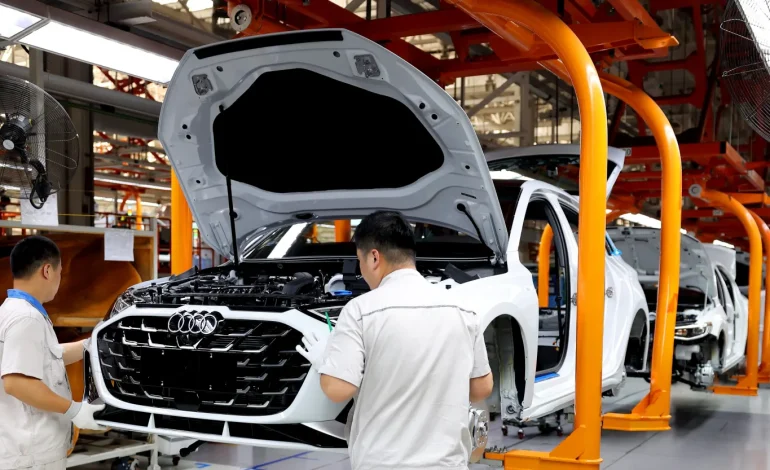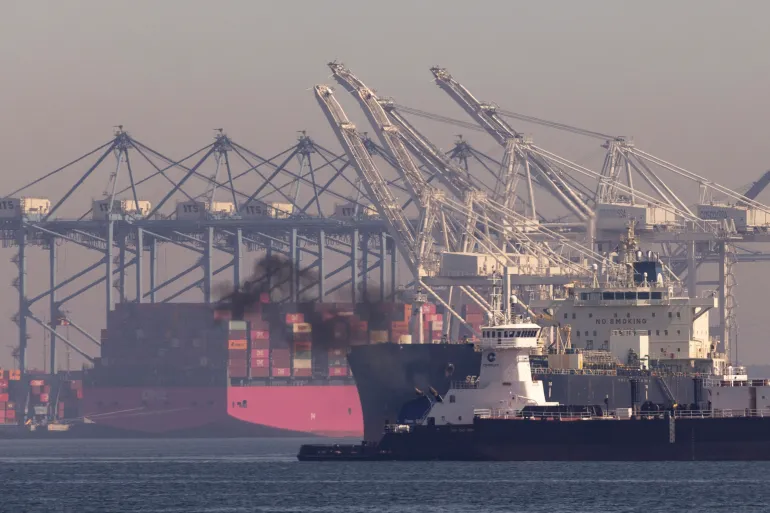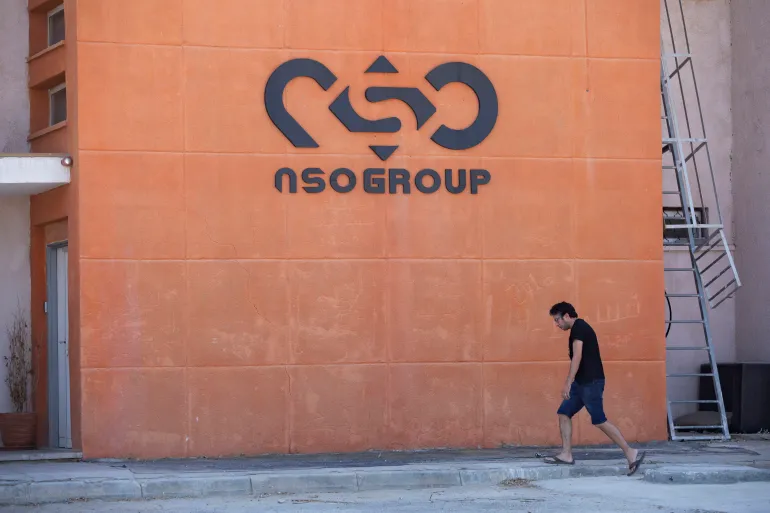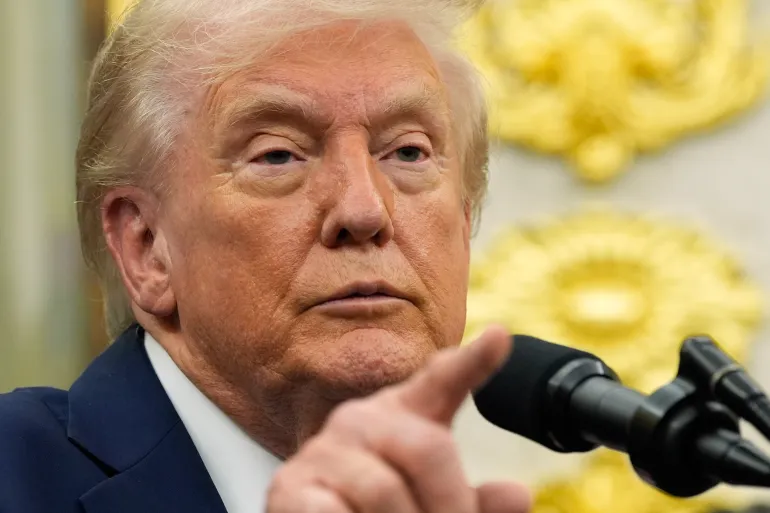Asia-Pacific Markets Display Mixed Performance as China’s Factory Activity Contracts Sharply

Asia-Pacific markets closed with mixed results on Tuesday as investors weighed fresh concerns about China’s economic outlook, following the steepest contraction in the country’s manufacturing activity since September 2022.
According to the latest Caixin/S&P Global manufacturing purchasing managers’ index (PMI), China’s manufacturing sector fell to a reading of 48.3 in May—well below the 50 threshold that separates growth from contraction, and significantly under Reuters’ forecast of 50.6. The reading also marked a drop from April’s 50.4 figure and reflected a sharp decline in new export orders, signaling increased pressure from elevated US tariffs.
The downturn has renewed focus on the ongoing trade tensions between the US and China. Beijing on Monday disputed Washington’s accusations of breaching a temporary trade agreement, instead placing blame on the US for not fulfilling its part of the deal. This exchange underscores rising frictions despite a recent 90-day truce that saw the US pause some of its steepest tariffs.
Across the region, equity markets responded variably to the data. Hong Kong’s Hang Seng Index led regional gains, closing 1.53% higher at 23,512.49. Mainland China’s CSI 300 edged up 0.31% to finish at 3,852.01, despite the weak PMI data. Investors appeared to factor in the possibility of more stimulus from Beijing, which recently introduced rate cuts and liquidity-boosting measures.
In Japan, the Nikkei 225 gave up early gains to end virtually flat at 37,446.81, while the broader Topix index declined 0.22% to 2,771.11. Australia’s S&P/ASX 200 rose 0.63% to 8,466.70, lifted by strength in financials and commodity-related stocks, even as the country’s first-quarter current account showed a wider-than-expected deficit of AU$14.7 billion.
Elsewhere, India’s Nifty 50 dropped 0.64%, while the BSE Sensex fell 0.88% as markets digested global macro pressures and awaited domestic election outcomes. South Korean markets remained closed due to polling day.
The steel sector also saw varied performance ahead of new US tariffs set to double to 50% on steel and aluminum imports. Shares of several Chinese state-owned steel producers declined, while Japan’s JFE Holdings bucked the trend with modest gains. In India, steel majors like JSW Steel and Tata Steel saw little movement, with Jindal Steel and Power gaining 0.8%.
Despite short-term market reactions, the PMI report highlighted broader structural challenges. Export orders fell at their fastest pace since July 2023, and employment in the manufacturing sector declined for a second straight month. Rising inventories and reduced purchasing activity added to signs of strain.
Economists noted that the Caixin PMI, which surveys smaller and export-oriented private firms, tends to be more sensitive to shifts in global demand than the official government PMI. The divergence between the two readings this month may partly stem from timing differences, as the official survey captured data later in May when some tariff relief had begun.
Amid these developments, Chinese policymakers have hinted at further stimulus, with Premier Li Qiang suggesting the use of “unconventional measures” if needed. Analysts suggest more robust reforms, particularly to boost household income and consumption, may be necessary to counter the drag from weak property investment and external demand.
The Wall Street Journal, Bloomberg, CNBC, and Reuters contributed to this report.








The latest news in your social feeds
Subscribe to our social media platforms to stay tuned